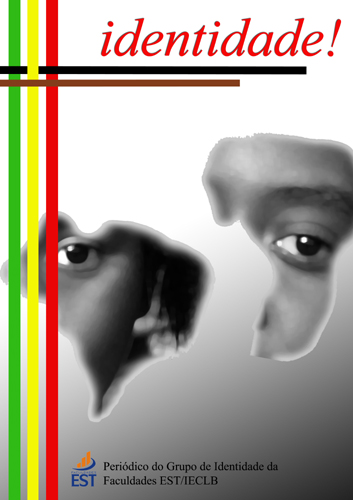CHRISTIANITY AND THE POLITICAL SPECTRUM
RELIGIOUS POLARIZATION AND CONSERVATISM IN AMAZONAS
DOI:
https://doi.org/10.22351/id.v29i2.3422Keywords:
Christianity, Political activism, ConservatismAbstract
Based on a bibliographical analysis, the research points out elements for understanding the political relations seen within the Christian communities in the city of Manaus, Amazonas. We observed the evangelical agenda linked to a certain conservatism that makes use of its dogmas for the construction of power projects that, by going beyond the limits of the religious field, imposes itself through symbolic bonds in the language and in its practices, even appealing to the issue of Israeli Jewishness. Therefore, it has been common for certain evangelical communities to identify politically with extreme right-wing agendas as if these were the only way to achieve their mission, which is to make Brazil evangelical. This dream has starred opposing sides as the struggle between good and evil, lights and darkness, the sacred and the profane. The literature review questions how the evangelical Christian identity serves as a basis for electoral candidacies and, further, why the use of Jewish religious symbolism is a resource accessed as a projective model for the Brazilian state’s success. Considering those questions, the present reflection examines, and shares research related to the understanding of the Evangelical Christian religious segment expansion and its strengthening during the transition from the 20th to the 21st century, especially in the peripheral areas that occupy the lowest strata of Brazilian social pyramid, through its political-religious activism.
Downloads
Published
How to Cite
Issue
Section
License

This work is licensed under a Creative Commons Attribution-NonCommercial-NoDerivatives 4.0 International License.


